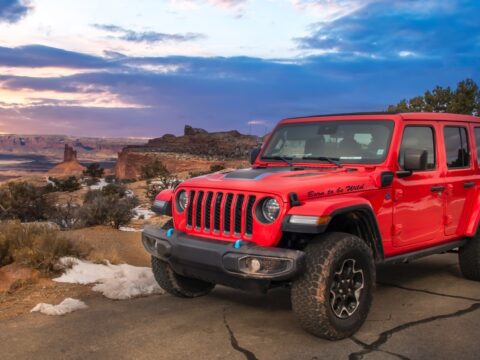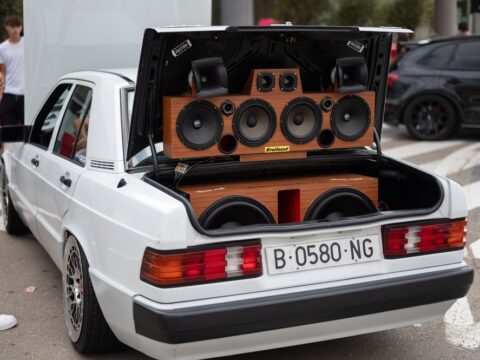Retro cars have a timeless appeal, not just for their performance but for their iconic designs that continue to inspire modern vehicles. These stylish classics set trends that defined entire eras of automotive fashion, and their influence can still be seen today. In this list, we’ll explore 25 of the most stylish retro cars that shaped the way cars are designed and admired, blending nostalgia with modern flair.
Contents
Jaguar E-Type (1961-1975)
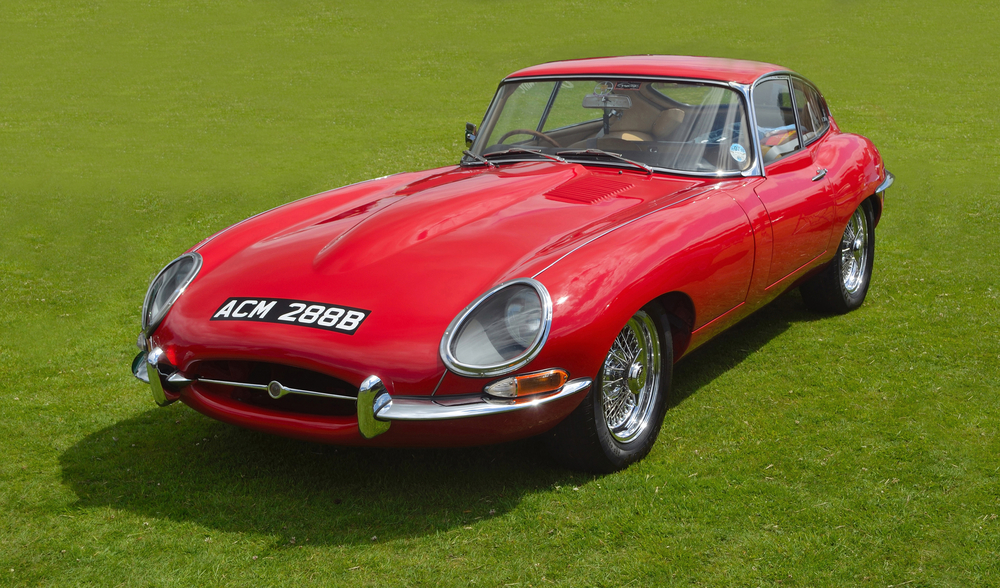
Often hailed as one of the most beautiful cars ever made, the Jaguar E-Type set a high bar for design in the 1960s. Its long hood, rounded headlights, and sleek, aerodynamic shape were revolutionary at the time and remain iconic today. Under the hood, it packed a 3.8-liter straight-six engine, delivering both style and performance. The E-Type’s influence can still be seen in many modern sports cars that mimic its graceful curves and elegance.
Porsche 911 (1964-Present)
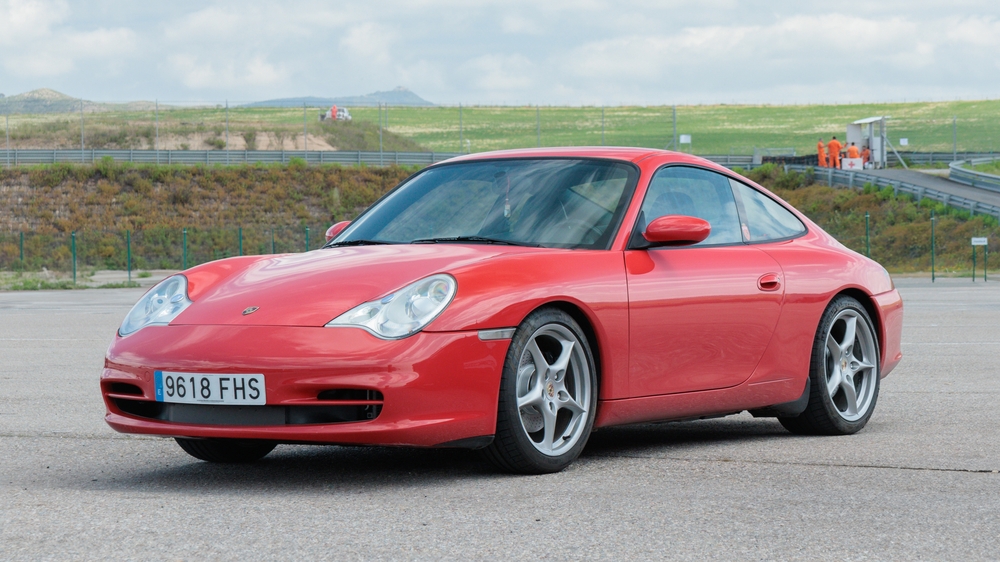
The Porsche 911’s enduring silhouette has remained relatively unchanged since its debut, with its unmistakable sloping roofline and rear-engine layout. The 911 set the standard for sporty, compact luxury cars, influencing a wide range of modern high-performance vehicles. Its versatility and balance between speed and style have made it a staple of automotive design for decades.
Chevrolet Corvette Stingray (1963-1967)
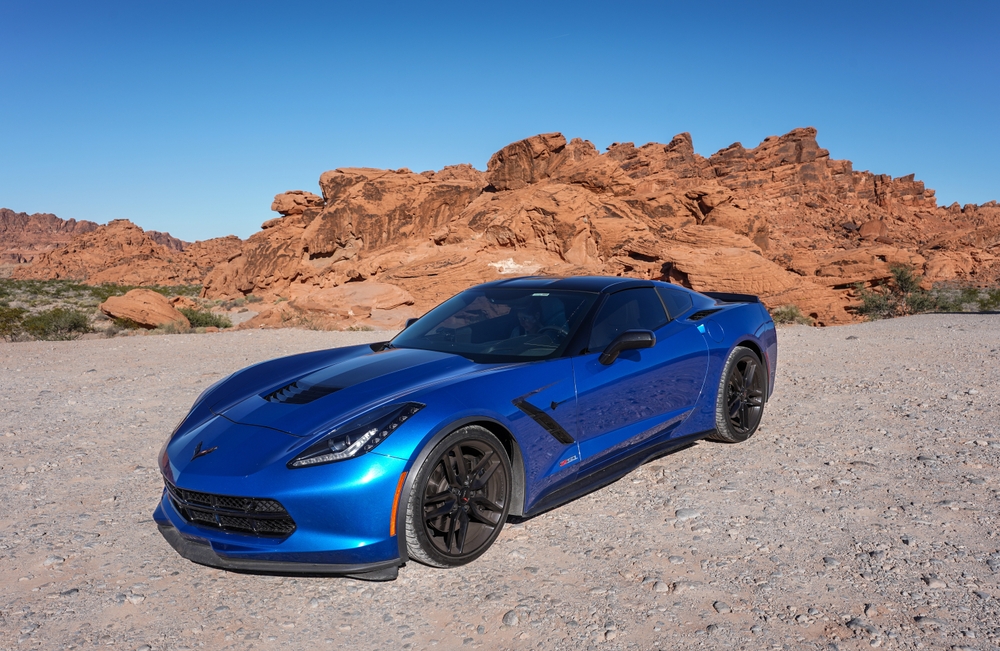
The Corvette Stingray introduced a radical design shift with its split rear window, aggressive lines, and sharp, angular body. It wasn’t just about aesthetics; the Stingray offered impressive performance with a 327-cubic-inch V8 engine. Its bold design helped make it a lasting symbol of American automotive innovation, influencing muscle cars and performance vehicles for years to come.
Ford Mustang (1964-Present)
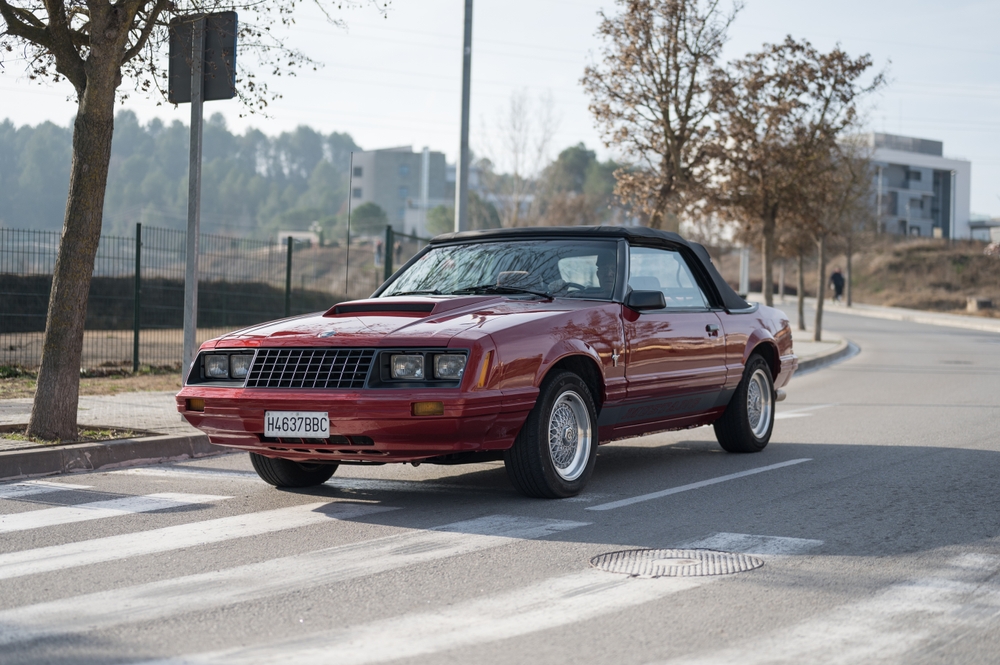
The Ford Mustang defined the pony car segment with its sporty design, long hood, and short rear deck. Its affordable price and range of engine options made it a hit among young drivers, and its aggressive look has been continually refined over the years. The Mustang’s design principles continue to shape modern sports cars, keeping its legacy alive in contemporary auto fashion.
Aston Martin DB5 (1963-1965)
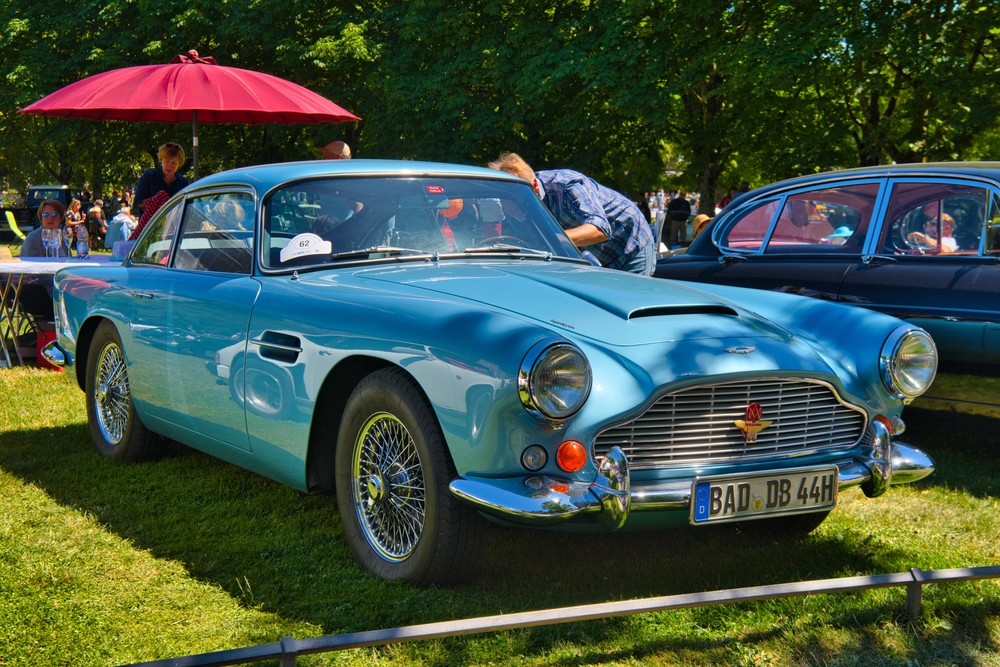
Best known for its appearance in James Bond films, the Aston Martin DB5 is synonymous with British elegance and sophistication. Its sleek bodywork, chrome detailing, and luxurious interior made it the epitome of style in the 1960s. The DB5’s classic design has influenced luxury sports cars and is still admired for its timeless appeal.
Volkswagen Beetle (1938-2003)

With its rounded, compact shape, the Volkswagen Beetle became an instant global icon. Its simple design and affordability captured hearts worldwide, while its influence extends to modern small car design. The Beetle’s minimalist aesthetic and functionality have influenced generations of compact cars and continue to evoke nostalgia in modern designs.
Ferrari 250 GTO (1962-1964)
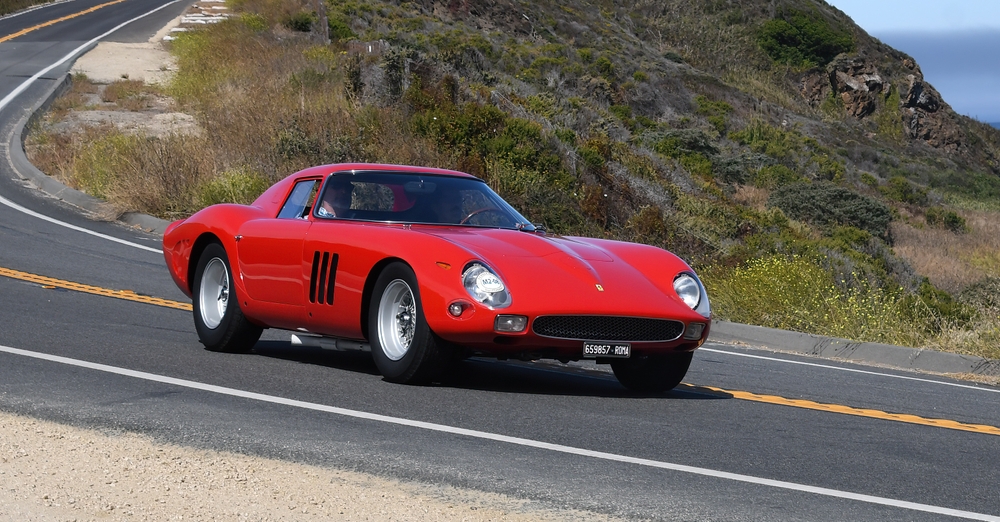
The Ferrari 250 GTO is a masterpiece of design, with its smooth curves, low-slung profile, and racing pedigree. Limited to just 36 units, this rare model was engineered for speed, powered by a 3.0-liter V12 engine. Its graceful yet aggressive styling has inspired many modern Ferrari designs, combining form with racing function in a way few cars can match.
BMW 2002 (1968-1976)
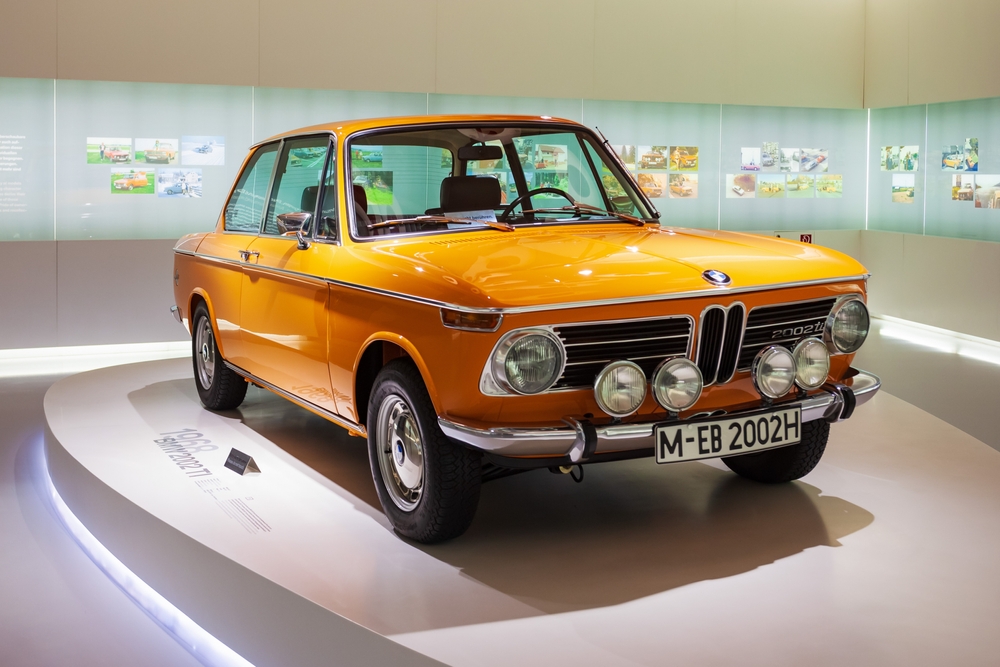
The BMW 2002 was one of the key models that established BMW as a leader in sporty sedans. Its boxy yet stylish design, coupled with agile handling, helped shape the brand’s future direction. The 2002’s clean lines and practical, compact form have influenced many modern compact sedans and are often seen as the precursor to the BMW 3 Series.
Alfa Romeo Spider (1966-1993)
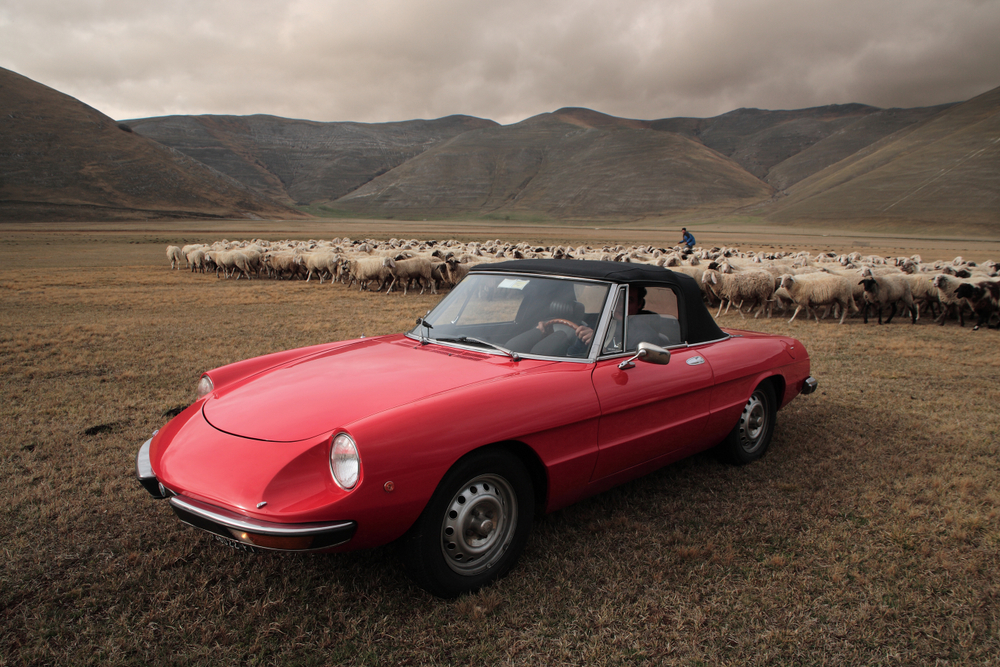
The Alfa Romeo Spider is one of the most iconic Italian roadsters, with its beautiful, flowing lines and distinctive front grille. Its design is both elegant and sporty, embodying the passion of Italian automotive design. The Spider’s aesthetic influenced many modern roadsters, including Alfa Romeo’s own models, with a design that perfectly balances performance and style.
Mercedes-Benz 300SL Gullwing (1954-1963)
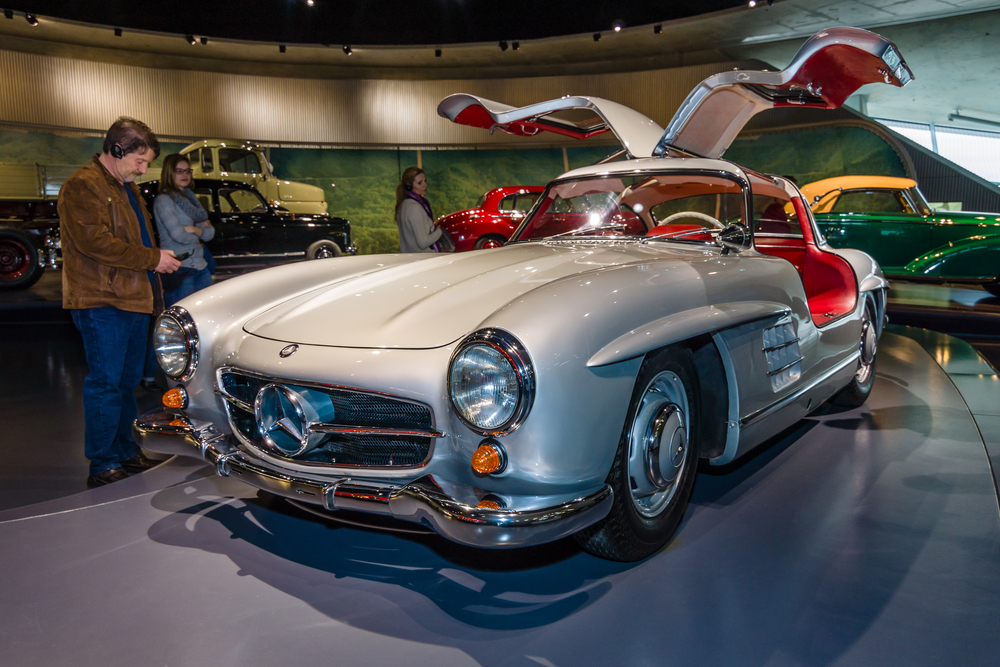
Famous for its distinctive gullwing doors, the Mercedes-Benz 300SL is a symbol of innovation and style. Its curvaceous body and pioneering fuel-injected engine set it apart from anything else in its time. The Gullwing’s futuristic design has inspired numerous luxury and sports car models, making it a timeless piece of automotive art.
Lamborghini Miura (1966-1973)
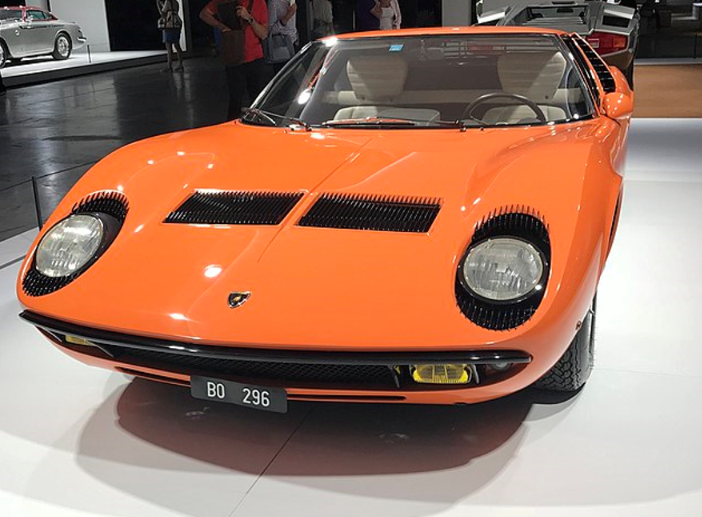
The Lamborghini Miura is often considered the first supercar, with its mid-engine layout and jaw-dropping design. Its sleek, low profile and sensual curves defined 1960s automotive fashion, influencing the aesthetics of modern supercars. The Miura’s bold look set a new standard for high-performance cars that emphasize both speed and beauty.
Citroën DS (1955-1975)
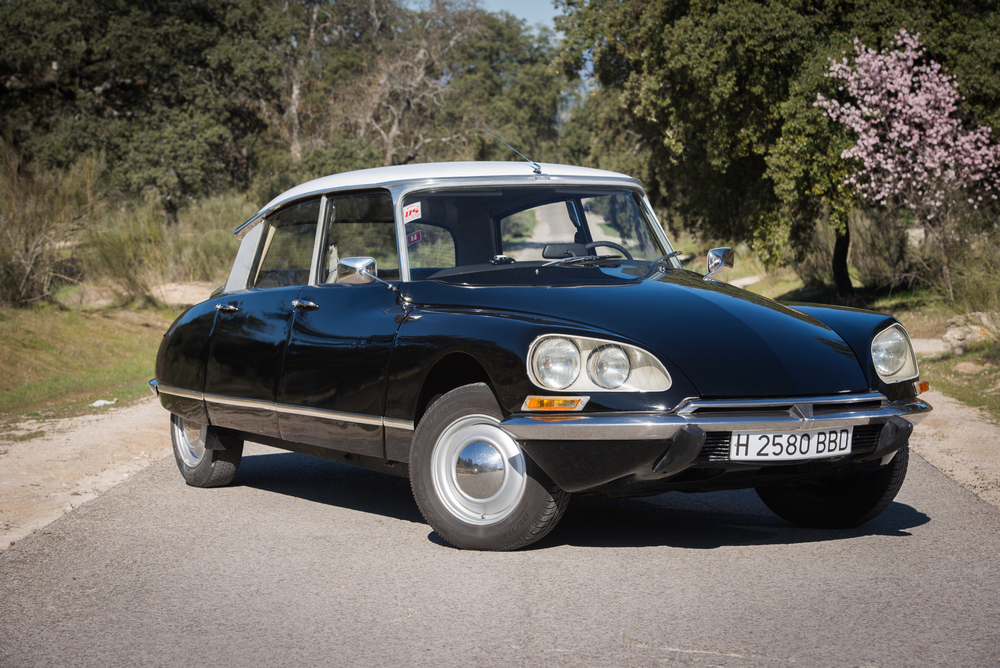
The Citroën DS was a revolutionary car in terms of design and engineering, with its futuristic shape, hydropneumatic suspension, and advanced aerodynamics. Its sleek, flowing lines were unlike anything else on the road at the time, influencing modern car designs focused on aerodynamics and comfort. The DS remains a symbol of French automotive innovation.
Datsun 240Z (1969-1978)
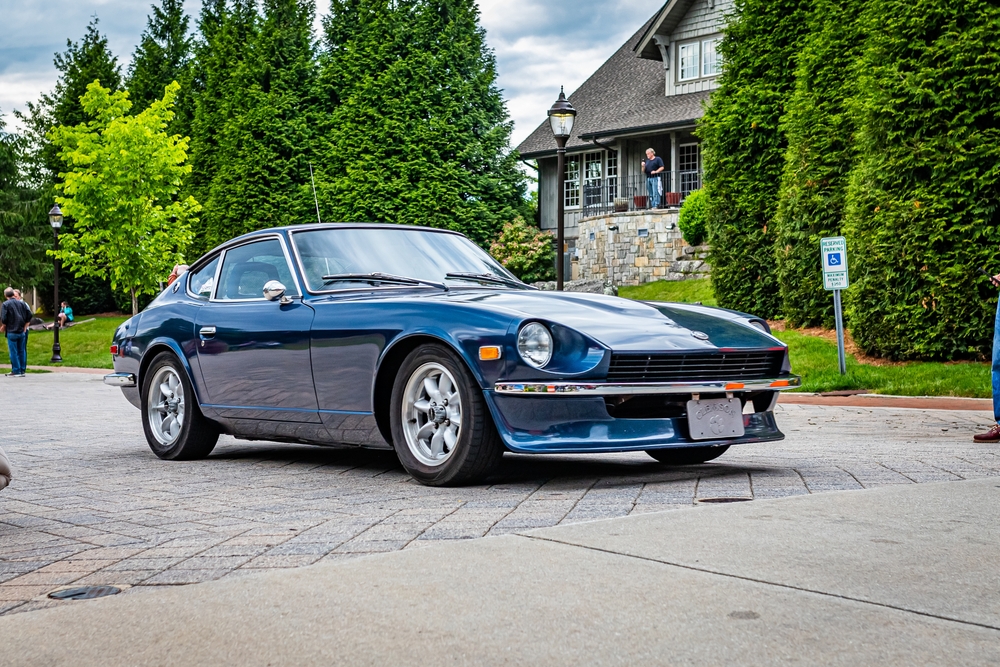
The Datsun 240Z brought sports car performance to a wider audience, with its affordable price and stylish, aggressive design. Its long hood, low stance, and fastback rear influenced the design of modern Japanese sports cars, including the Nissan Z-series, continuing to inspire sleek, performance-oriented vehicles.
Shelby Cobra (1962-1967)
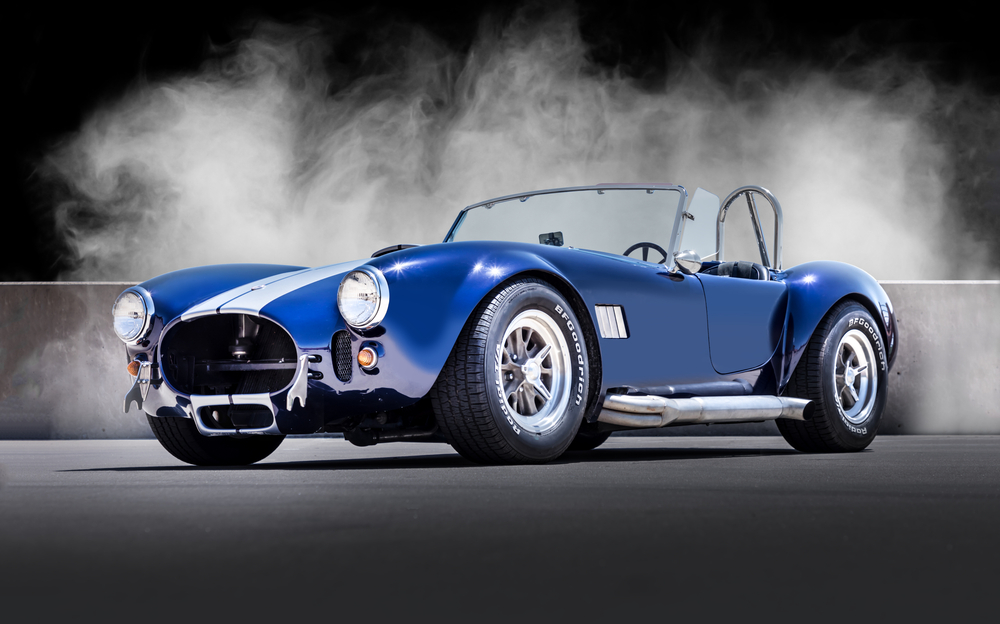
The Shelby Cobra was a marriage of American muscle and British style, combining lightweight bodywork with a powerful V8 engine. Its muscular curves, open-top design, and racing success made it an icon of the 1960s. The Cobra’s raw, aggressive design has influenced both muscle and sports car design, particularly in terms of performance aesthetics.
DeLorean DMC-12 (1981-1983)
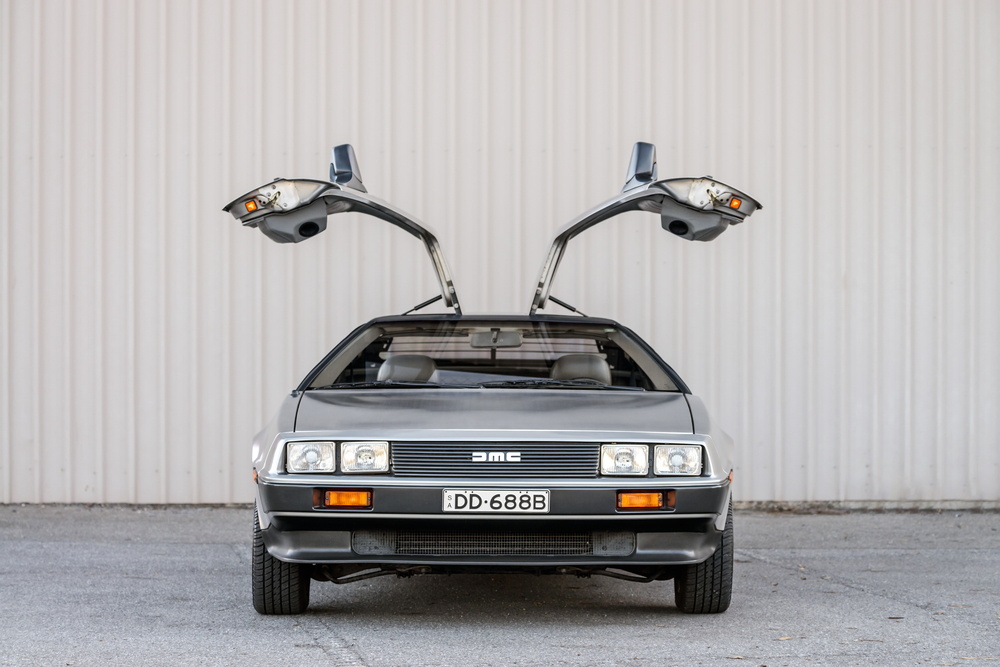
Famous for its role in Back to the Future, the DeLorean DMC-12 was notable for its futuristic, stainless steel body and gullwing doors. Though its production run was short, its unique design left a lasting impact on pop culture and automotive design. Its bold, stainless steel exterior and angular lines continue to influence modern car concepts that aim to look ahead of their time.
Mini Cooper (1959-Present)
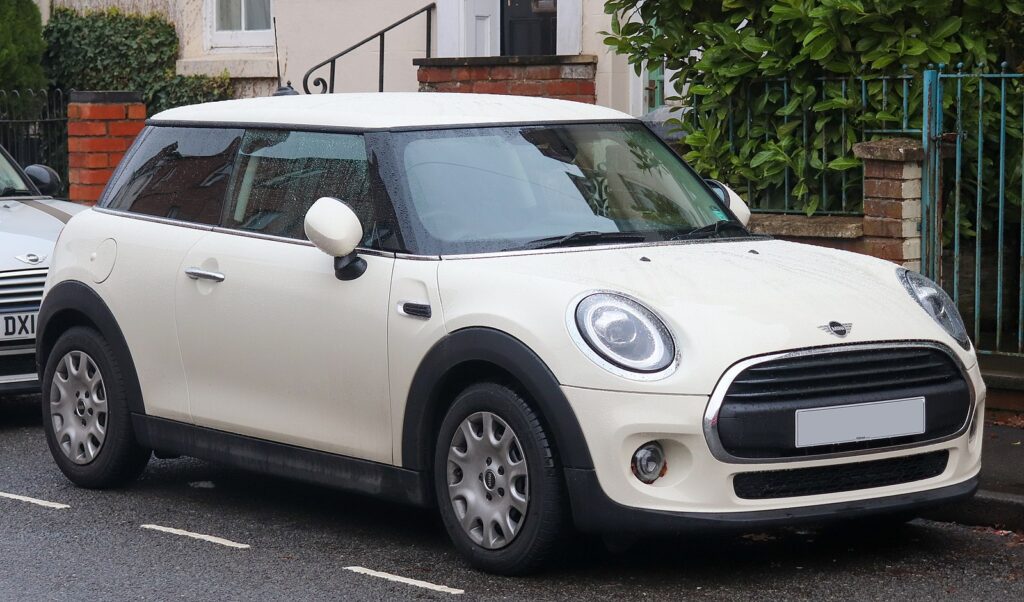
The original Mini Cooper revolutionized compact car design with its boxy shape, compact size, and efficient use of space. Its fun, quirky design and go-kart-like handling made it a global favorite, influencing a range of modern small cars. The Mini’s retro styling is still evident in its modern iterations, making it a style icon with lasting influence.
Pontiac Firebird Trans Am (1967-2002)
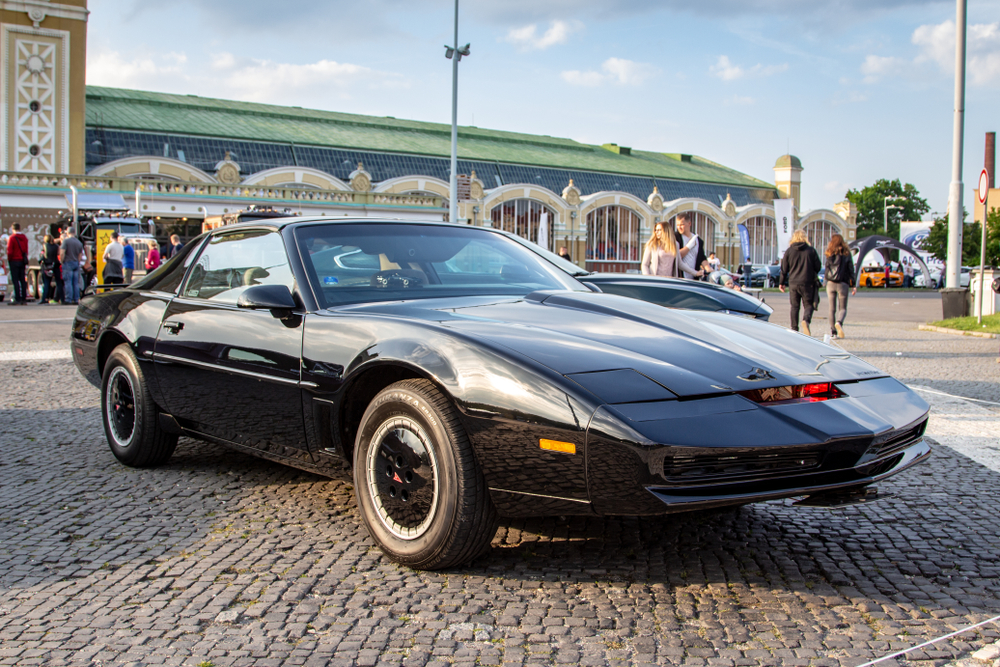
The Pontiac Firebird Trans Am became an American muscle car icon, with its bold design, aggressive lines, and powerful V8 engines. Its influence on the muscle car market is undeniable, with the Trans Am’s sleek, aerodynamic body and T-top roof becoming symbols of 1970s and 80s automotive fashion. Its legacy lives on in modern muscle car designs.
Lotus Esprit (1976-2004)
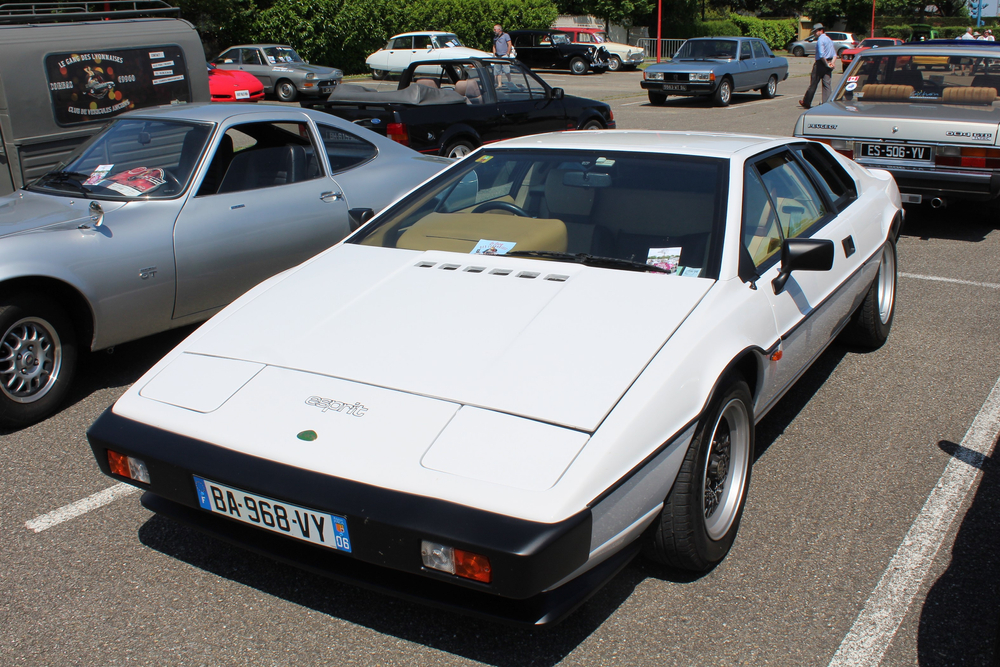
The Lotus Esprit combined cutting-edge performance with a sleek, wedge-shaped design that set it apart in the sports car market. Known for its appearances in James Bond films, the Esprit’s angular, futuristic look influenced many supercars in the 1980s and 90s. Its lightweight construction and performance-oriented design philosophy continue to impact modern sports car engineering.
Rolls-Royce Silver Cloud (1955-1966)
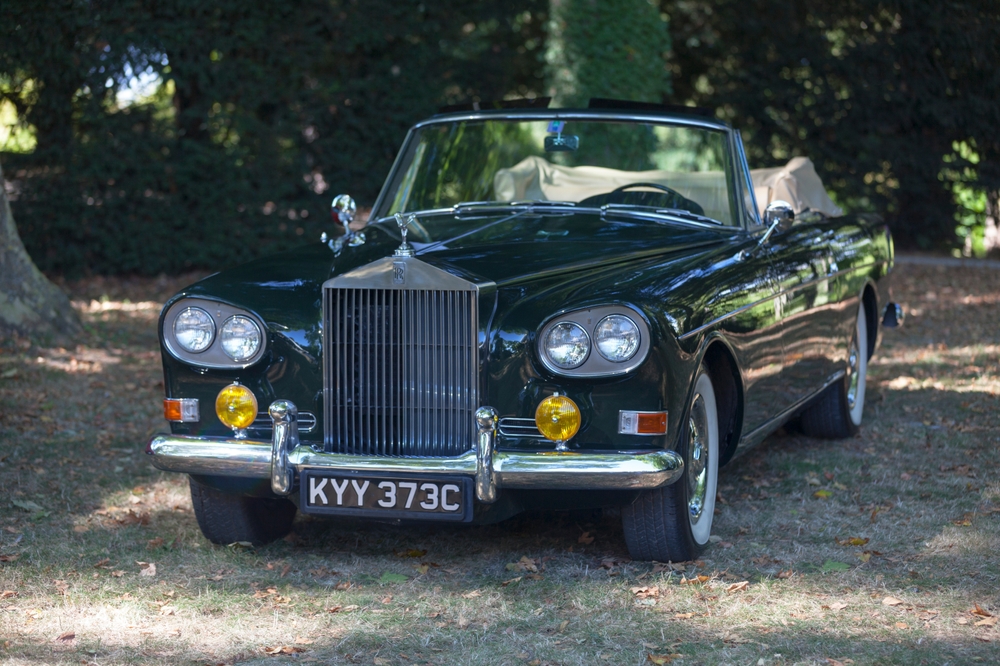
The Rolls-Royce Silver Cloud represented the height of luxury in the 1950s and 60s, with its stately design, flowing lines, and handcrafted elegance. Its influence can be seen in today’s luxury sedans, where comfort, style, and exclusivity remain paramount. The Silver Cloud’s timeless design remains a symbol of refined British automotive craftsmanship.
Ford Thunderbird (1955-1997)
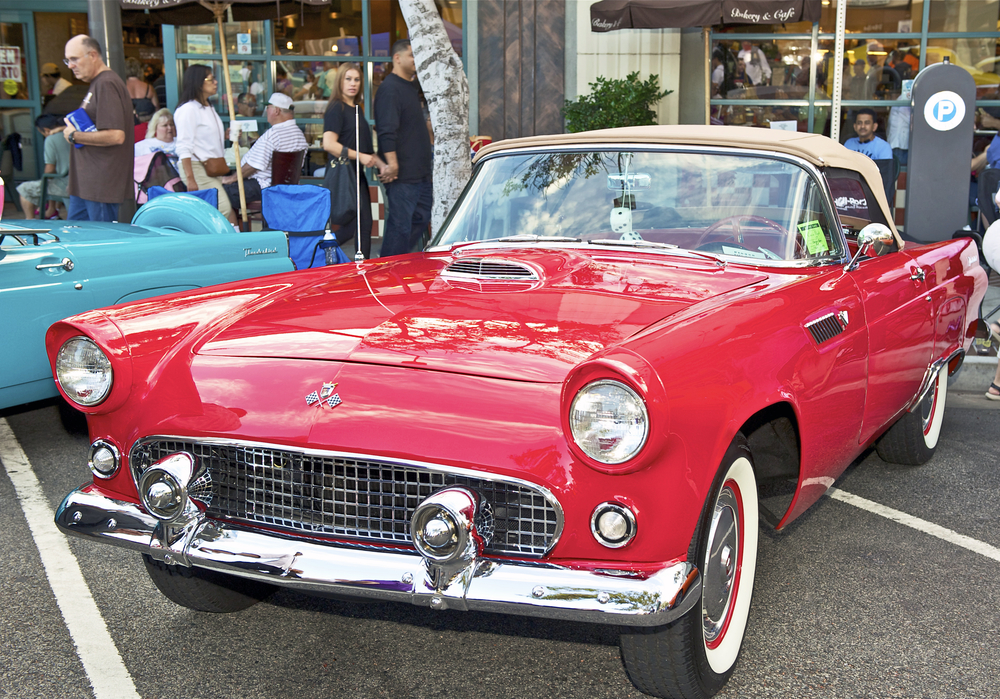
The Ford Thunderbird pioneered the personal luxury car segment, combining sporty design with upscale features. Its low-slung body, chrome accents, and porthole windows became design staples. Over the years, the Thunderbird’s design continued to evolve, influencing modern coupes and convertibles that balance style and luxury.
Maserati Ghibli (1967-1973)
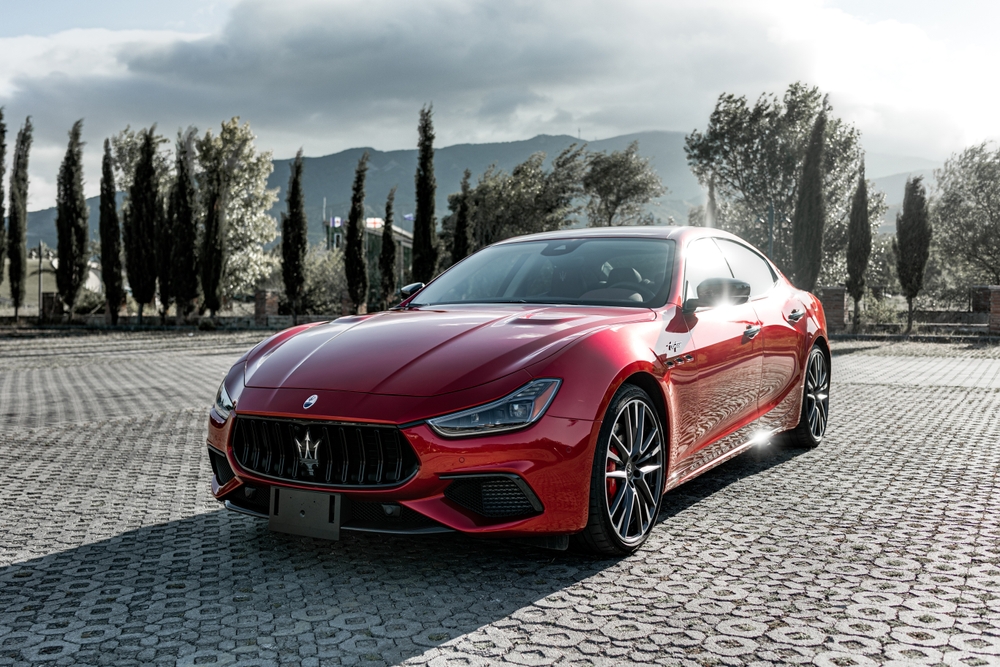
The Maserati Ghibli was an instant classic with its sleek, low-slung body, powerful engine, and luxurious interior. Its stylish, aggressive design set it apart from other Italian sports cars of the era. The Ghibli’s bold lines and attention to detail continue to inspire modern Maserati models, blending high performance with timeless elegance.
Chevrolet Bel Air (1950-1975)
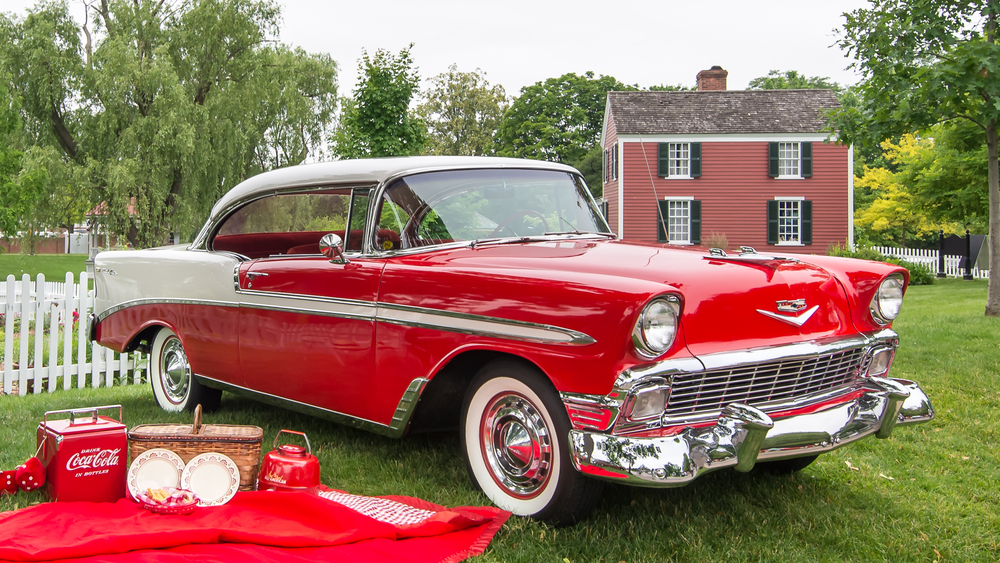
The Chevrolet Bel Air became a symbol of 1950s Americana with its bold chrome trim, distinctive tailfins, and two-tone color schemes. Its stylish, flashy design influenced car culture during a time when bigger and bolder was better. The Bel Air’s influence is still seen in the retro-inspired designs of many American cars today.
Lancia Stratos (1973-1978)
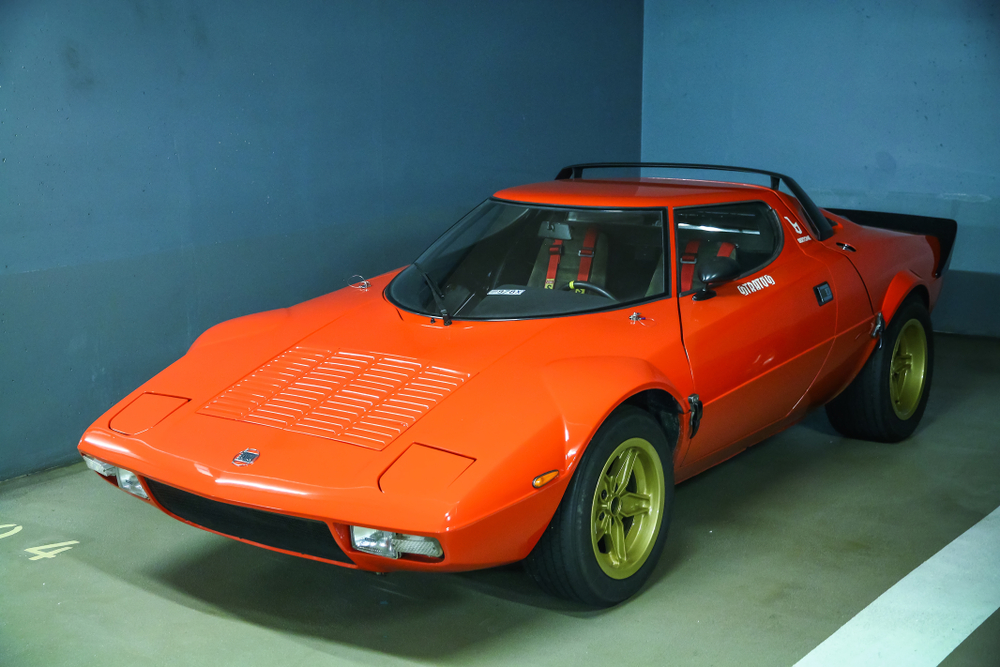
The Lancia Stratos was a rally racing legend with its short wheelbase, wedge-shaped body, and aggressive stance. Designed for performance, its unique design made it instantly recognizable. The Stratos’ distinctive look has inspired modern rally and sports car designs, particularly those emphasizing agility and compact power.
Fiat 500 (1957-Present)
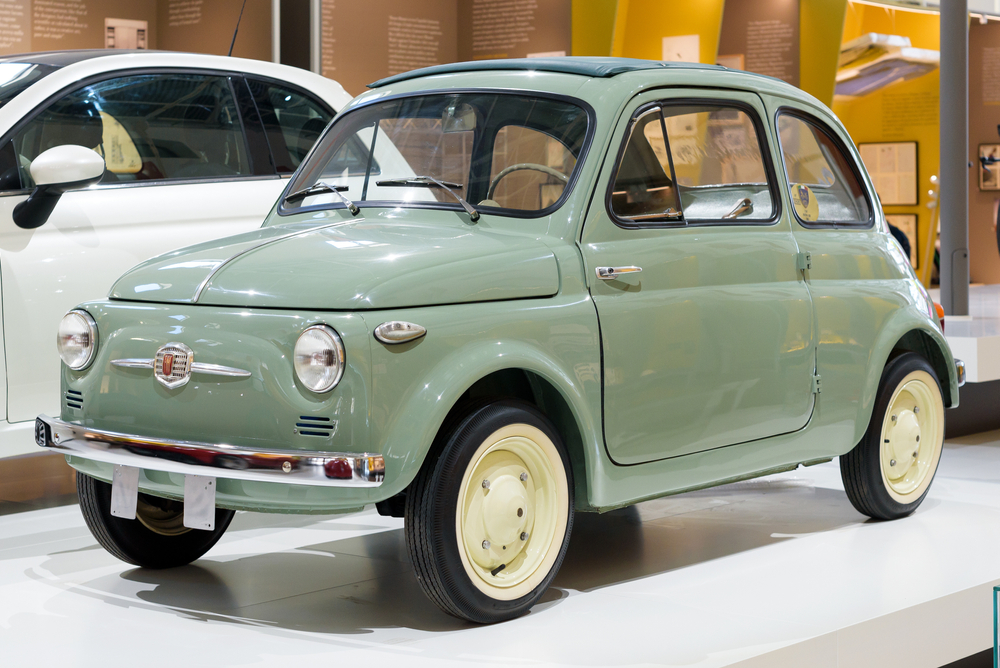
The Fiat 500’s charming, compact design made it a beloved city car, with its rounded shape and simple, practical layout. It became a symbol of Italian automotive ingenuity, and its modern reincarnation continues to reflect its retro roots while updating it with modern conveniences. The Fiat 500’s cute, timeless design is a model for small, stylish cars.
Lincoln Continental (1961-1969)
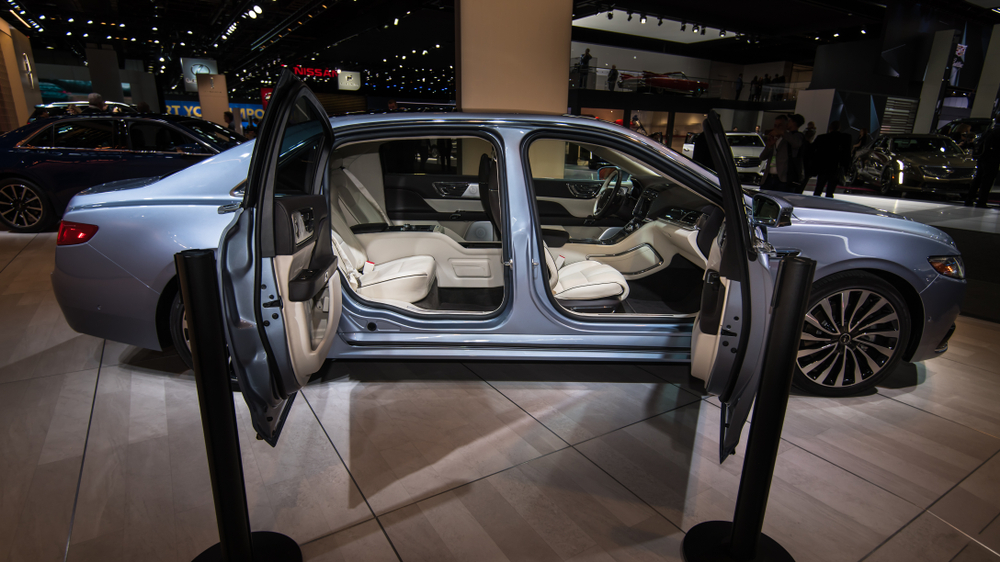
The Lincoln Continental is best known for its iconic “suicide doors” and clean, imposing lines. As a luxury car of the 1960s, its design was both modern and elegant, setting a new standard for high-end sedans. Its influence on luxury car design can still be seen today, with its focus on comfort, space, and distinctive styling elements.
This article originally appeared in MyCarMakesNoise.
More from MyCarMakesNoise
20 French Cars That Captivated Drivers Around the World

France has a rich history of producing some of the most stylish and innovative cars in the automotive world. From elegant design to cutting-edge technology, French manufacturers have created vehicles that are highly coveted. Read More
20 Reasons to Hold Off on Buying a New Car if You’re Under 25

Buying a new car might seem exciting, but if you’re under 25, it might not be the best financial decision. From higher insurance rates to rapid depreciation, there are several reasons why young drivers should consider alternatives. Read More
20 Easy DIY Car Repairs That Will Save You Big Money

You don’t always need a mechanic for every car issue. Many repairs can be done at home with basic tools and a little know-how, saving you a lot of money. Read More


